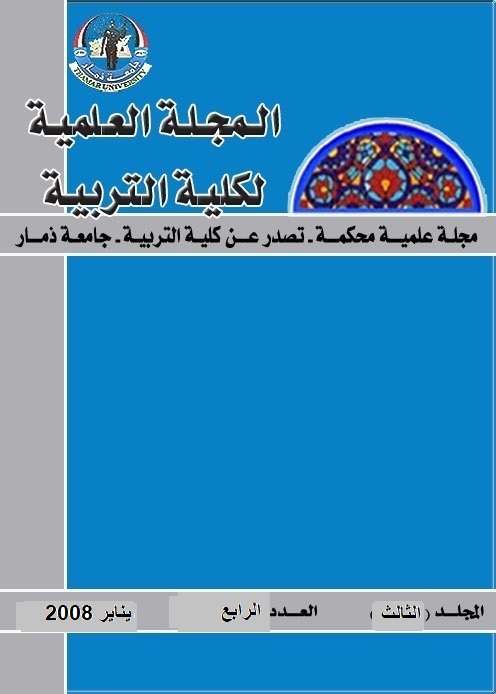On the Fungus Associated with the American Cockroach insect Periplaneta Americana and the use of its bacterial suspensions in its biological resistance
DOI:
https://doi.org/10.60037/edu.v1i4.1019Keywords:
Fungi, Bacterial suspensions, Insects, American cockroachAbstract
The study has been conducted in the Al- Basra/Iraq, where 1500 alive and dead American cockroach and its nymphs were collected from their habitat. During the collection of those insects that showed abnormal appearances such as slow movement, short and tortuous antennae, and irregular and equal wings, fourteen fungal families of insects were isolated, dating back, for example, to the species: Aspergillus flavus, A.terreus, A.restrictus. A.flavus was the highest fungus appearing in the samples, while M.variotii was the least fungus with rates of 21% and 2.6%, respectively. The insects were reared and propagated in breeding boxes to obtain healthy insects for use in the experiment of bacterial suspensions. Aqueous bacterial suspensions of these fungi were prepared and sprayed with the nymphs of the longest instar and adult nymphs of the sixth instar. A restrictus fungus suspension had the highest effect, with a killing rate of 96.6% in the first treatment and 63.3% in the second treatment. While the fungus Rhizopus sp isolate was the least effective fungus in killing by 3.3% less, without a significant difference from the control treatment.
Downloads
Published
How to Cite
Issue
Section
License
Copyright (c) 2023 Researchers always retain copyright. The research is licensed under an open Creative Commons CC BY 4.0 license, which means that anyone may download and read the research for free. It is also permissible to reuse and quote the research provided that the original published source is cited. These conditions allow maximum use of the researcher's work and presentation.

This work is licensed under a Creative Commons Attribution 4.0 International License.
This journal is open access, which means that all of its contents are available free of charge to the user or his institution. Users are permitted to read, download, copy, distribute, print, search, link to, or use the full texts of articles for any purpose. For any other legal purpose, without requesting prior permission from the publisher or author, provided that the original published source is cited and referred to. This is consistent with the DOAJ definition of open access.; Researchers also always retain copyright. The research is licensed under an open Creative Commons CC BY 4.0 license.
Scientific Journal of the Faculty of Education, Thamar University © 2006 by Faculty of Education is licensed under Attribution 4.0 International







